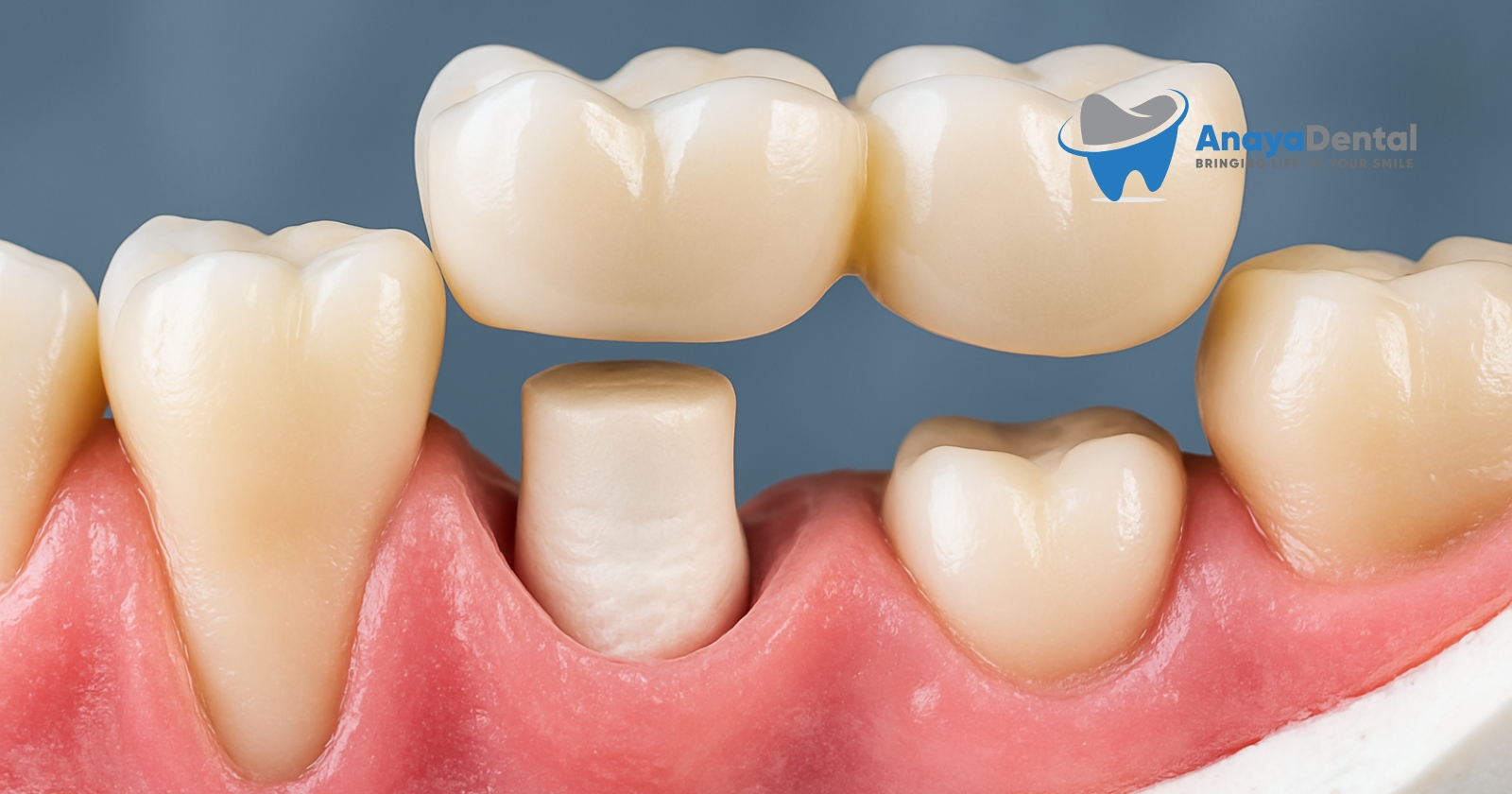When scheduling your dental appointment, understanding the terminology and codes used by dental professionals can help you navigate insurance coverage and anticipate costs. One important code you might encounter is the FMX dental code, which refers to Full Mouth X-rays—a comprehensive imaging procedure that provides your dentist with vital information about your oral health. This guide explains what FMX is, when it’s necessary, and how to manage the associated costs.
What Is an FMX Dental Code?
FMX stands for Full Mouth X-ray or Full Mouth Series. In dental coding systems, this procedure is typically billed under the code D0210, which represents a complete series of intraoral radiographs.
An FMX typically consists of:
Try Our Dental Calculators
- 14-18 individual periapical x-rays (showing entire teeth from crown to root)
- 4 bitewing x-rays (showing how upper and lower teeth fit together)
Unlike single x-rays that focus on specific areas, an FMX provides a comprehensive view of your entire mouth, including all teeth, roots, and surrounding bone structures.
When Your Dentist Might Recommend an FMX
Your dental provider might recommend a full mouth series in several situations:
- New patient examinations: Most dental offices request an FMX for first-time patients to establish baseline oral health records
- Comprehensive evaluations: When assessing multiple dental issues
- Before major dental work: Prior to extensive treatments like implants or full-mouth reconstruction
- Diagnostic investigations: When investigating unexplained pain, swelling, or other symptoms
- Periodontal disease management: To evaluate bone loss around teeth
According to the American Dental Association, adults with normal dental health typically only need a full mouth series every 3-5 years, while those with active dental disease may require them more frequently.
Insurance Coverage and Costs for FMX
Understanding the financial aspects of FMX can help you plan accordingly:
Typical Costs
Without insurance, a full mouth series typically costs between $100-$250, depending on your location and the dental office. This represents a significant value compared to paying for each x-ray individually.
Insurance Coverage
Most dental insurance plans cover FMX procedures, but with important limitations:
| Insurance Type | Typical FMX Coverage | Frequency Limitations |
|---|---|---|
| Basic Dental Plans | 50-80% of cost | Once every 3-5 years |
| Premium Dental Plans | 80-100% of cost | Once every 3 years |
| Discount Dental Plans | Reduced fee schedule | Varies by plan |
Important: Many insurance providers will not cover another full mouth series until the frequency limitation period has passed, regardless of whether you’ve changed dentists or moved to a new location. This limitation is linked to your insurance ID, not the specific dental office.
Benefits of FMX Over Individual X-rays
Understanding the value of FMX can help you appreciate why your dentist recommends this procedure:
- Comprehensive assessment: Provides complete visualization of all oral structures
- Early detection: Reveals issues not visible during clinical examination
- Treatment planning: Enables more accurate and comprehensive treatment plans
- Cost-effective: Usually less expensive than taking multiple individual x-rays
- Baseline documentation: Creates a reference point for future comparisons
Alternative X-ray Options and Their Codes
If a full mouth series isn’t necessary or covered by your insurance, your dentist might recommend alternative x-ray options:
- D0220/D0230: Individual periapical x-rays (showing entire teeth)
- D0270-D0274: Bitewing x-rays (showing how upper and lower teeth fit together)
- D0330: Panoramic x-ray (single image showing all teeth and jaw structures)
- D0240: Occlusal x-rays (showing floor or roof of mouth)
Each option has different costs, benefits, and insurance coverage parameters.
How to Manage FMX Costs
If you’re concerned about the cost of a full mouth series, consider these strategies:
- Check your insurance history: Verify when your last FMX was taken to determine if you’re eligible for coverage
- Request insurance pre-authorization: Have your dental office verify coverage before proceeding
- Discuss alternatives: Ask if a panoramic x-ray might be sufficient for your needs
- Explore payment options: Many dental offices offer payment plans or financing
- Consider dental schools: Teaching institutions often provide reduced-cost services
- Ask about necessity: If you’ve had recent x-rays at another office, inquire whether they can be transferred
Radiation Concerns and Safety
Many patients express concern about radiation exposure from dental x-rays. Here are the facts:
- Modern digital x-rays use up to 80% less radiation than traditional film x-rays
- A full mouth series exposes you to approximately 0.150 mSv of radiation
- For perspective, this is equivalent to about 1-2 days of background radiation we receive naturally from our environment
- Dental offices use protective equipment like lead aprons and thyroid collars to minimize exposure
The American Dental Association emphasizes that the benefits of necessary dental x-rays far outweigh the minimal risks from radiation exposure when proper safety protocols are followed.
Quick Review
- FMX (D0210) refers to a Full Mouth X-ray series consisting of 14-18 periapical x-rays plus 4 bitewings
- Full mouth series are typically recommended for new patients and comprehensive evaluations
- Insurance usually covers one FMX every 3-5 years at 50-100% depending on your plan
- Without insurance, expect to pay $100-$250 for a complete series
- Digital x-rays have minimized radiation concerns with exposure equivalent to 1-2 days of natural background radiation
- Alternatives like panoramic x-rays may be more affordable or better covered by insurance in some cases
- Always discuss the necessity and timing of dental x-rays with your provider to ensure you’re maximizing your insurance benefits
Understanding dental codes like FMX helps you become a more informed patient, potentially saving you money while ensuring you receive appropriate diagnostic care for your oral health needs.


